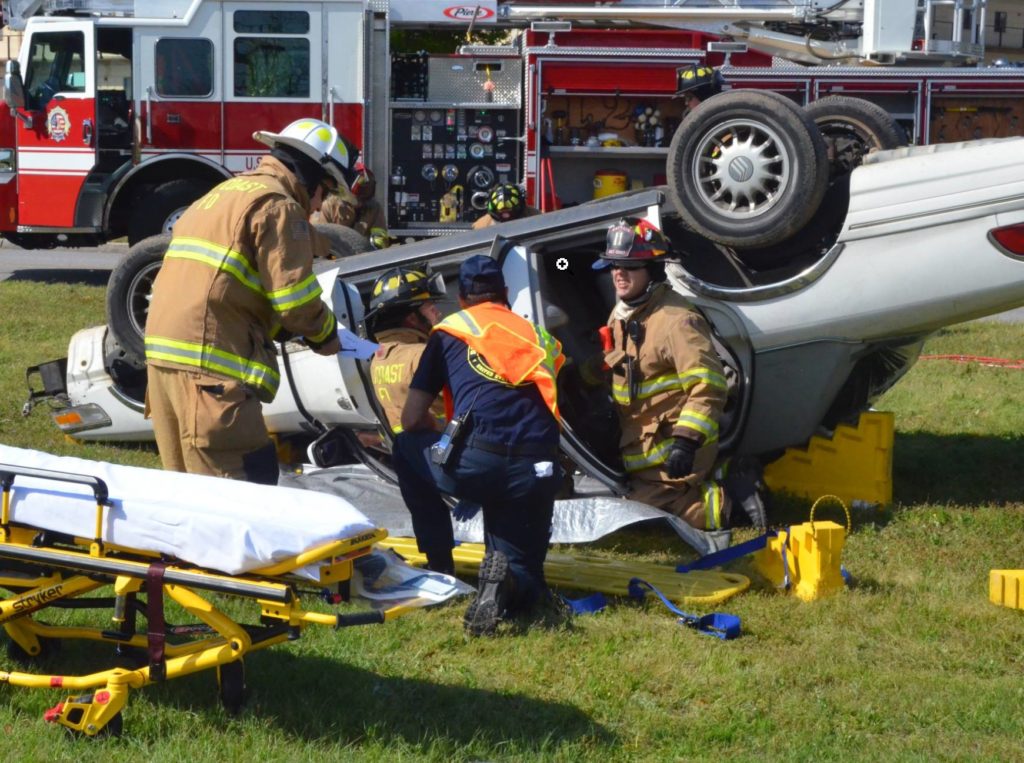
Advances in mobile, cloud computing and machine learning technology have great potential to improve health outcomes for patients. First responders to emergencies, such as paramedics, have great support from mobile, satellite and cloud computing technology to help them navigate to accident locations, as well as providing voice and data support to help them manage emergencies.
This is currently done over a shared infrastructure, where first responders could be competing with other mobile users. These shared resources can present major risks as the quality of digital services and communications can decrease or disappear, depending on network loads and network coverage.
The SliceNet E-health pilot aims to dramatically improve the current limitations of mobile technology by developing an enhanced mobile broadband service for real-time streaming of video data. This enhanced service would be made available to the awaiting emergency department team at the destination hospital, who would in turn, provide vital support to paramedics at the scene.
This 5G ultra-high definition video could, for instance, enable remote assessment of a stroke patient by clinical experts in the ER department, who can then provide paramedics with timely guidance. For larger scale disasters involving numerous patients, a mast or drone-mounted 5G camera, deployed from a connected ambulance, could provide emergency services with a valuable platform for real-time assessment and response planning. If you are interested in knowing more about SliceNet e-Health technology then please sign up and complete our survey at this page
